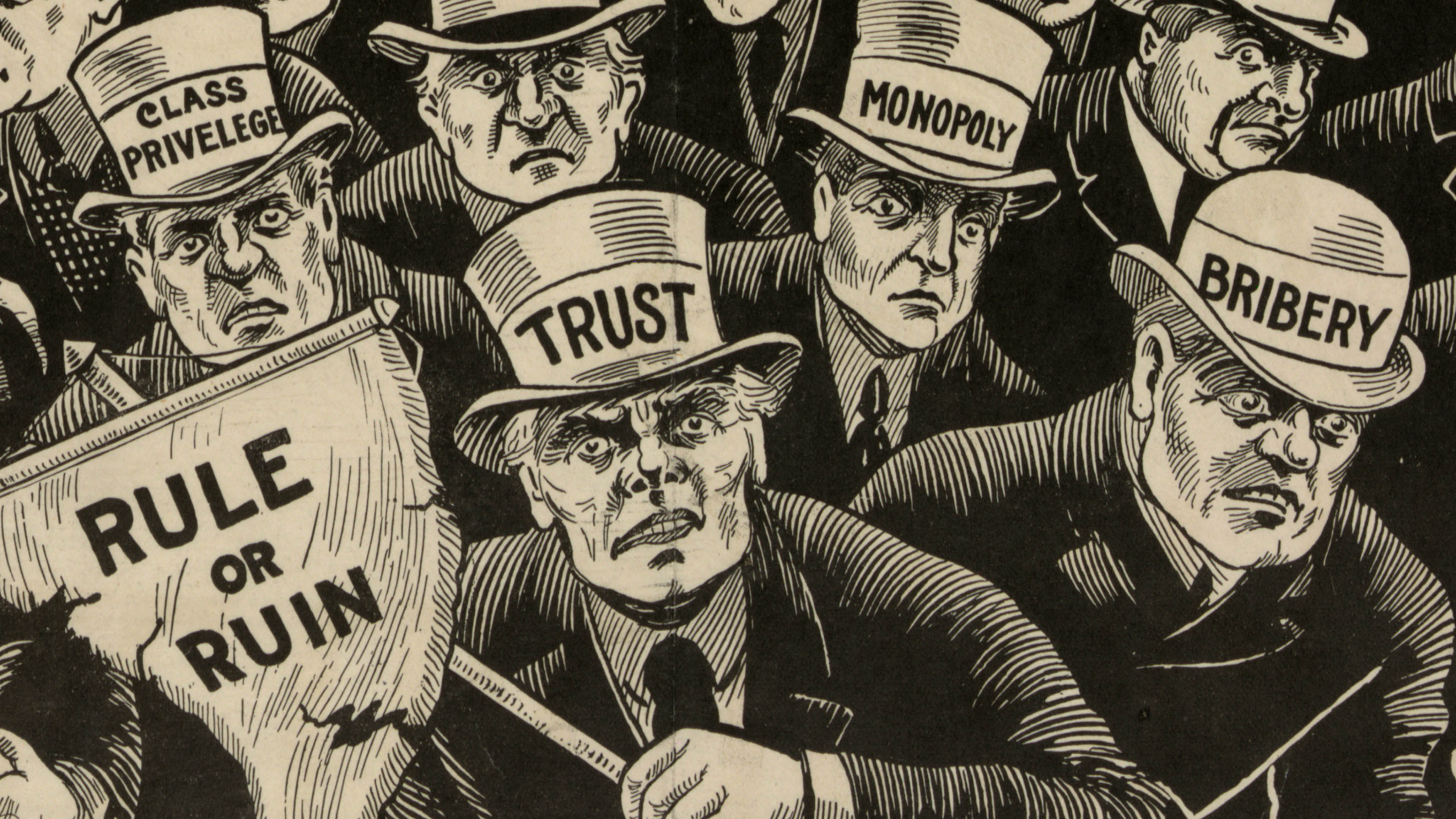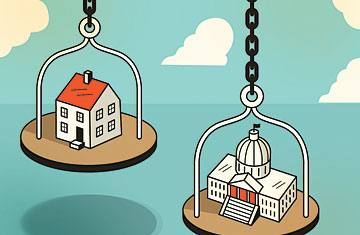
American society and law have been structured in a way where each individual is protected by a particular set of unalienable rights. Our entire lives have been set around these rules; establishing churches, building businesses, creating communities, forming movements, etc. Our country, however, was not always this way. The American government had to go through a lot of pushback and forth to both have their power and give some to the people. The era that this transformation mainly took place was the Progressive Era between 1897-1920. The main objectives of the Progressive Era and its movements within were addressing problems caused by industrialization, urbanization, immigration, and political corruption. The communities affected most by these issues were middle-class citizens who targeted political figures and employment bosses.
Though there were lots of things that needed changing, people most of all did not want to wage war. There was lots of pushback by the government and pro-WWI Americans that caused controversy throughout the nation, and those antiwar Americans who opposed the violence were persecuted and thrown in jail. Today, we now have the right to challenge and criticize our government punishment free- to an extent. Under the First Amendment, we cannot threaten the president or whistleblow if it puts the nation in danger. Along with other loopholes, 2022 by far has more protections for citizens than in the 1800s.

Thanks to our handy dandy internet, we now have access to hear the latest news on everything at the tip of our fingers, but through censorship, some of those news stories are filtered or deleted as a whole. It is a tricky topic when it comes to government censorship because it comes dangerously close to being controlled like a communist government. We as Americans have a right to know what is happening in our country as well as the right to challenge it, but in 2022, censorship has now taken over as President Biden's publisher.
There is a reason we have not been hearing all of the truth and juicy gossip that swarms The White House. Having to seek obscure websites to hear about antiwar heads and whistleblowing news is the direct result of government censorship. During the Progressive Era, word of mouth and the press were how the middle-class voice was seen and heard. Today, it is much easier to catch and track a person through the internet and censor them or end their access to the web as a whole. It is evident that we are going through changes again as a nation due to the evolution of technology. Maybe we need a new Progressive Era to realign!









